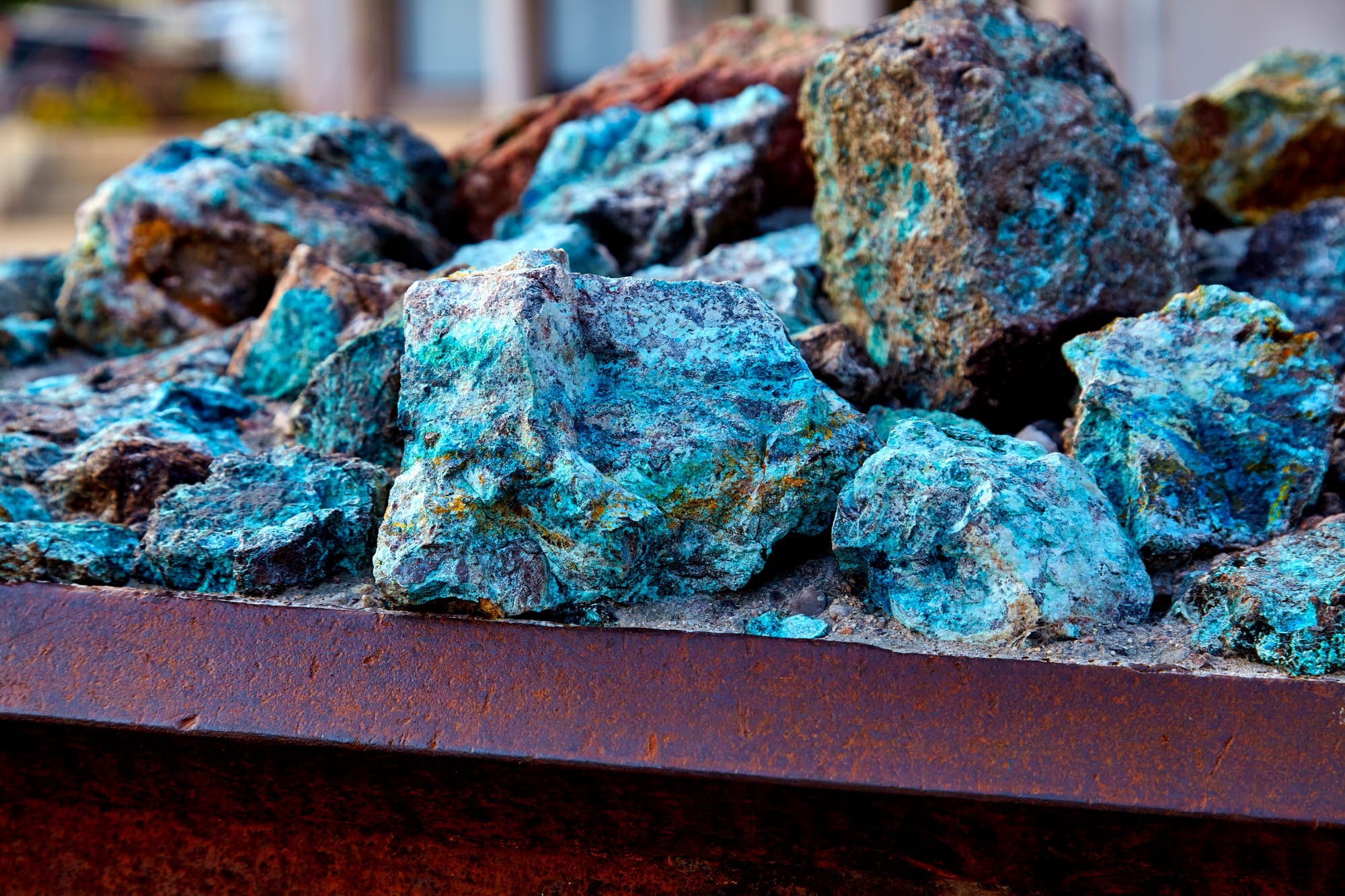The Age of Resource Fragmentation:

Steencore Strategic Insights | June 2025 Edition
Thesis:
Why Europe Must Build Strategic Depth in Cobalt and Rare Earths
Europe's industrial future is contingent not on technological innovation alone, but on the geopolitical control of matter itself. As the world fractures into strategic blocs, the real contest is over who commands the foundational inputs—cobalt, rare earths, and other critical minerals. While China weaponises control and the U.S. fortifies stockpiles under an industrial war footing, Europe is trapped in a dangerous illusion: that markets alone will solve strategic scarcity. This edition of Steencore Insights argues that unless Europe rewires its supply architecture and deploys strategic tools akin to those used in energy security, it will remain a rule-taker in a system where the rules are being rewritten by resource holders, not consumers.
Cobalt: The Weak Link in the Battery Value Chain
Cobalt embodies Europe’s critical vulnerability: a high-value material essential to its green transition, but controlled almost entirely by external actors. While EV adoption accelerates across the continent—fueled by ambitious emissions legislation and public subsidies—the battery chemistries driving that transition are still cobalt-intensive, especially in high-performance NMC cathodes. Demand is forecast to more than double by 2030, but supply growth is concentrated in a narrow geography: over 70% of cobalt is mined in the DRC, and nearly all midstream processing flows through China.
This is not a hypothetical risk. China’s control of over 80% of global cobalt refining capacity means it effectively determines who receives refined metal and under what terms. Meanwhile, Europe has failed to establish a coherent industrial strategy to mitigate this chokepoint. It refines less than 1% of global cobalt and holds no centralised stockpile. In contrast, the United States has already mobilised over $500 million to secure cobalt reserves under its Defence Production Act and National Defence Stockpile, recognising that battery metals are now instruments of national security. The red line here is not merely geographic—it is systemic. Europe's dependence on cobalt exposes a flaw in its green strategy: it has planned for decarbonization but not for the materials architecture that underpins it.
Rare Earths: The Quiet Stranglehold of the 21st Century
Rare earth elements are not rare in occurrence, but they are rare in availability. The REE story is a cautionary tale of how early strategic vision by China and late complacency by the West have created an asymmetric dependency. Europe, which plans to lead the world in wind energy and clean tech exports, is overwhelmingly reliant on permanent magnets made from REEs such as neodymium and dysprosium.
These elements are the heart of offshore wind turbines, high-efficiency motors, and military-grade electronics. Yet over 90% of rare earth separation and alloying occurs in China, where it is tightly integrated into industrial policy. The Chinese government has repeatedly demonstrated its willingness to use this dominance as leverage: in 2023, it cut off exports of gallium and germanium to certain countries, citing national interest. Analysts widely regard this as a precursor to similar controls on REEs, especially as geopolitical tensions continue to rise. Europe remains flat-footed.
Despite years of warning, the continent still sources over 98% of its heavy rare earth imports from China. The EU’s Critical Raw Materials Act lacks enforcement teeth and operational mechanisms for collective procurement or stockpiling. The United States, meanwhile, is aggressively re-onshoring refining capacity and has built a rare earth reserve equivalent to over a year of civilian demand. Europe has none. The common thread? Europe’s exposure is not technical—it is strategic. The continent has not internalised that access to materials is now a lever of statecraft, not just trade.
The End of the Global Commons: A New Resource Sovereignty Era
The geopolitical backdrop amplifies these vulnerabilities. As the world moves toward multipolarity, critical minerals are no longer governed by free-market logic—they are governed by national imperatives. Russia, increasingly aligned with China and the BRICS+ framework, is leveraging its nickel, platinum group metals, and rare earth reserves as tools of transactional diplomacy. Simultaneously, African producers like Guinea, Zambia, and Angola are asserting sovereignty over their mineral wealth. These states are revising legacy contracts, demanding local beneficiation, and slowing exports to extract greater domestic value. China, through its Belt and Road and Global South outreach, has locked in supply for the next decade by offering infrastructure, political support, and guaranteed offtake, creating exclusive zones of influence in the resource map.
The U.S. has responded with its own reshoring and alliance-building. The result is a bifurcated global order, in which raw materials no longer flow freely but within fragmented blocs—secure zones for allies, restricted zones for adversaries. Europe, once a champion of liberal trade, finds itself without leverage. It neither controls the assets nor the flows, nor does it possess the institutional infrastructure, like a Critical Minerals Reserve or an operational agency, to compete in this new realpolitik of raw materials. This is the strategic red line: Europe is operating in a deglobalising world with globalist assumptions.
Strategic Autonomy: From Rhetoric to Execution
So, what must be done? First, Europe must build upstream ownership in the resource-rich but capital-constrained geographies of Africa and South America. Long-term offtakes and equity stakes—backed by public-private financing mechanisms—should be pursued with speed and urgency. This includes deals in cobalt from the DRC and Zambia, as well as rare earth projects in Angola, Namibia, and Brazil. Such investments must come with ESG compliance frameworks, but also with diplomatic and logistical support akin to what China offers. Second, Europe must repatriate the midstream.
The continent has significant metallurgical know-how in countries like Finland, France, and Poland, which can be redeployed to refine and separate critical materials. This requires policy prioritisation: permitting fast tracks, access to low-cost finance, and supply-chain guarantees. Without control over refining, Europe will continue to import strategic vulnerability with every tonne of concentrate it buys. Third, Europe must finally invest in closed-loop solutions. Urban mining, battery recycling, and circular design must be scaled to recover cobalt, lithium, and REEs domestically. Companies like Umicore and Northvolt are ahead, but they require systemic support, not scattered subsidies. Recycling is not just environmentally beneficial—it is a sovereign act.
Finally, Europe must create institutions for mineral strategy. A European Critical Raw Materials Agency—similar to Euratom—should coordinate investment, stockpiling, and trade agreements across Member States. Such an entity would also negotiate joint procurement with trusted partners like Canada, Australia, and Norway, mirroring the successful EU vaccine strategy during the pandemic. Strategic materials require strategic coordination.
A Final Word from Steencore
At Steencore, we view the critical minerals challenge not as a supply chain issue, but as a sovereignty issue. The world is entering an era where the winners will not be those who innovate the fastest, but those who control the inputs that innovation requires. Our work across Africa, Latin America, and the EU is designed to build resilience where it matters most: at the source. The industrial capacity of tomorrow will not be measured in patents, but in reserves, offtakes, and refineries. The green transition, the defence-industrial complex, and even AI infrastructure all begin with mining. Matter is strategy. Europe still has time to act. But time, like cobalt and dysprosium, is a finite resource.
